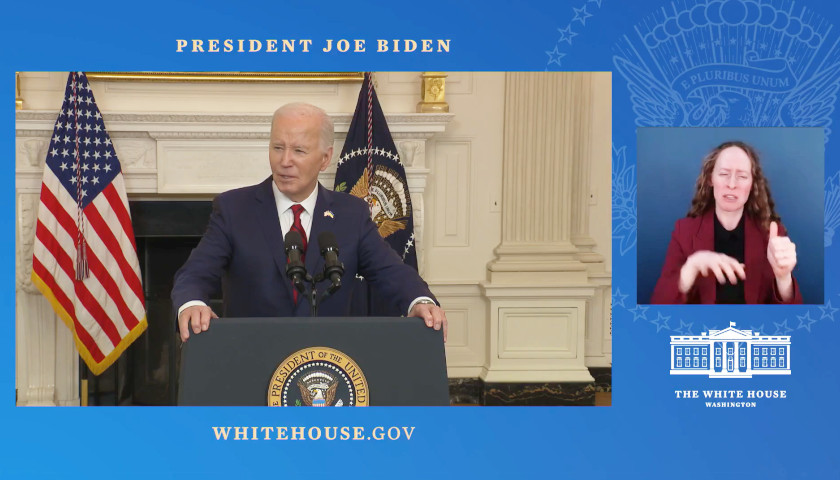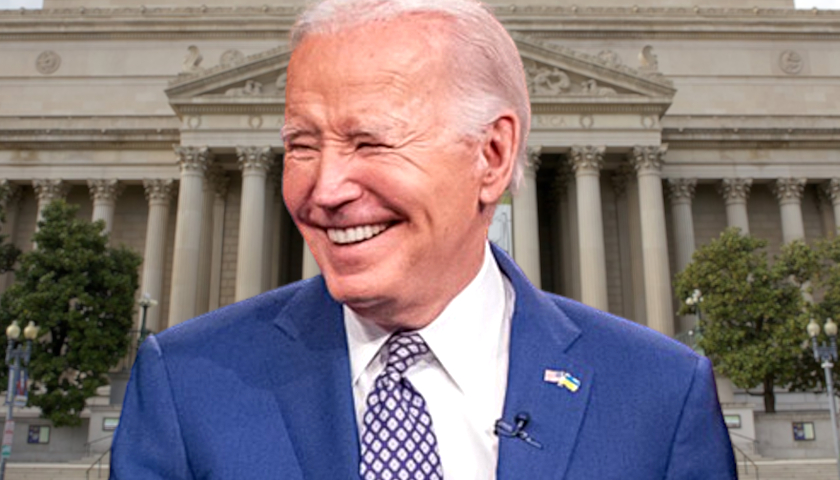Numerous studies have shown that owning a home is financially beneficial to the owner and socially beneficial to the owner and the community. This is why so many politicians, government agencies and non-profit entities promote home ownership as a way to build wealth, move out of poverty and stabilize neighborhoods.
But despite ongoing efforts to increase homeownership, recent trends show that barriers still exist.
Many in the millennial generation (born 1981-1996) find it hard to save money for their first home.
According to the Urban Institute, “the homeownership rate for millennials was 37 percent in 2015, or about eight percentage points lower than that of the two previous generations (Gen X and Baby boomers) at the same age (25 – 34).” The study also found that increased student loan debt and rents, combined with delayed marriage and child bearing (which tend to prompt buying a home), contribute to the decrease in home ownership of this group.
During her May testimony to Congress, Alanna McCargo, who works at the Urban Institute but was expressing her own opinions, noted that minority homeownership data is even worse.
In 2017, “the homeownership rates of blacks, Hispanics, and other communities of color are 30, 25, and 16 points, respectively, lower than the rate for whites,” she said.
One effort to address the problem in Ohio is a Senate bill to create tax-free savings accounts for first-time home buyers. Under the proposal, individuals wanting to save for a down payment on an account can do so and not pay taxes on the savings or interest earned, so long as they meet certain conditions.
But while assistance programs abound, property taxes, and their impact on home ownership, are rarely addressed in public conversations.
“Most of us consider property taxes in calculations of affordability, but it’s a very local issue and the taxes vary widely,” Laurie Goodman, vice president at the Urban Institute and co-director of its Housing Finance Policy Center, said. Because of the variations, the Urban Institute doesn’t list property taxes as a specific barrier to homeownership. But she said potential homeowners need to be aware of the total costs of owning a home including taxes, maintenance and insurance.
“Property taxes never go down,” she said. “They just go up.” In areas where the median housing cost hasn’t kept up with other areas of the country, the property taxes end up being a larger percentage of the monthly mortgage, she explained.
The Tax Foundation explains that “property taxes are largely rooted in the ‘benefit principle’ of government finance: the people paying the bills are most often the ones benefiting from the services.” Local jurisdictions use them to cover general operating costs, including police and fire services. Other entities, like county agencies, metro parks, libraries and public transportation entities, rely on them for funding through voted levies that are added to the property tax bill.
Schools, also, are funded through the local property taxes, and are often the largest portion of the bill.
How much owners pay in property taxes varies widely – even within the same county.
For example, in Lucas County, which includes villages, townships and four cities, the effective property tax rate (including the non-business credit for residential properties) ranges from $54.99 to $109.78 per $1,000 of taxable value.
In Ohio, the taxable value is 35 percent of the auditor’s appraised value of the property.
These effective tax rates do not include special credits, like the homestead exemption, or special assessments, like for lights, leaf and snow removal, or mosquito control.
Special assessments are often based upon the size of a property or frontage, rather than the value of the property, and vary significantly between jurisdictions.
State Rep Lisa Sobecki (D-45) has a unique perspective on property taxes and how they impact the decision to buy a home. She served for eight years on the Toledo School Board and her son is currently looking for a home.
“He’s looking at a lot of factors,” she said. “But the uniqueness of his upbringing – with an elected official for a mom- means he thinks about a number of things others his age might not consider.”
Sobecki said her son is “wondering if he can buy now considering the taxes. It’s making him think about other locations than where he’s currently living in the next county.”
At first glance, going from renting to owning a home can look like a monthly savings.
Average gross rent in Lucas County was $693 in 2017. According to the Toledo Regional Association of Realtors, the median sale price of homes in Lucas County in the second quarter of 2019 was $129,900.
A buyer considering a 30-year conventional mortgage of $129,900, an interest rate of 4.2 percent, with $10,000 down, would have to pay roughly a half percent toward private mortgage insurance (PMI) since the deposit isn’t 20 percent. In this example, monthly payments would be $636.29.
That’s less than what the buyer would pay in average rent – until you consider the property taxes and assessments.
Depending on the jurisdiction, the buyer would pay from $208.33 to $415.93 extra each month in property taxes if they stayed within Lucas County. That would raise the monthly payment to between $844.62 and $1,052.22. And then they’d have to add the special assessments.
What could be a bigger concern is that property taxes are increasing more than rents.
Between 2009 and 2017, the average rent in Lucas County went up 4.2 percent.
But average property taxes from 2009 to 2018 in Lucas County went up 15.4 percent, according to data from the Lucas County Auditor. In the same time span, the average property taxes in the city of Toledo, within the Toledo Public School District, went up 25.4 percent.
“Politicians say that higher taxes provide better services which keeps the property values up,” says State Rep. Derek Merrin (R-47). “But then fewer people can afford to buy a house, which lowers demand, which then decreases values. The higher property taxes do the exact opposite of what tax proponents say. Do you want people to live in apartments forever? People need to realize that home ownership is more difficult when property taxes are a third or more of your monthly mortgage payment.”
Sobecki said affordability for homeowners is definitely a discussion she and her colleagues have before supporting a renewal or increase in property tax levies.
“When we’re making these decisions, we do take that into account, for low income families, especially,” she said. “Privately.”
A large driver of the 25.4 percent property tax increase for Toledoans were school levy costs. Sobecki supported those when she was on the school board.
But school funding is a much larger issue within the state with lawsuits and complicated funding formulas, she explained.
Sobecki said financial literacy is a major factor impacting homeownership. She believes the subject should be completely incorporated into school curriculum, and at the college level.
“Conversations in homes don’t happen like they used to,” she said. “And it’s showing a trend in the decisions. Not a lot of kids have the necessary resources at their fingertips to make informed decisions.”
She said the solution isn’t just something for elected officials. It requires a concerted effort.
“I’m not a banker. I’m not a financial advisor,” Sobecki said. “We should partner up and help put plans in place to help people achieve their dreams and help them understand the whole big picture of buying a home.”
– – –
Maggie Leigh Thurber is a writer for The Ohio Star. Email tips to [email protected].





